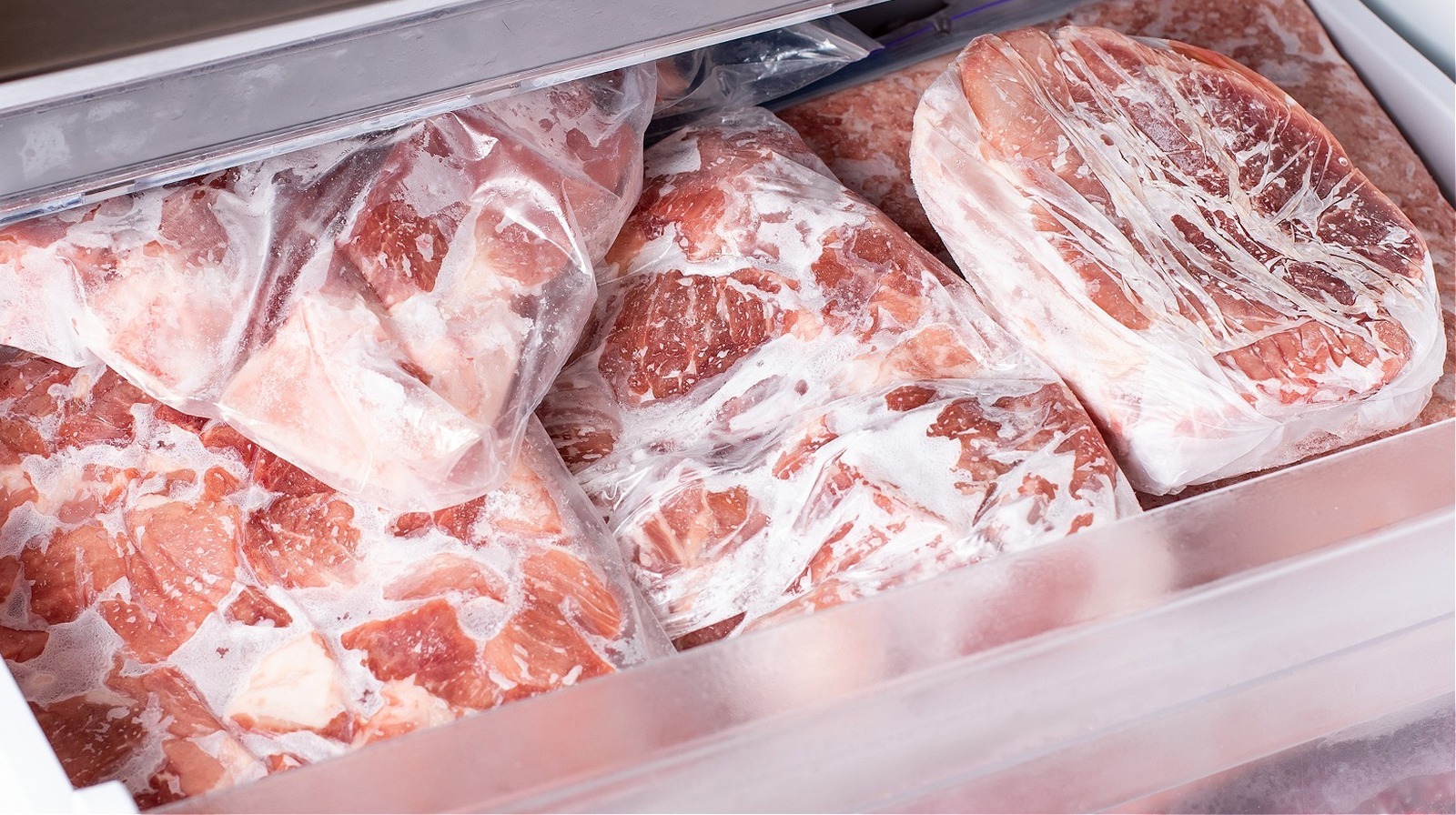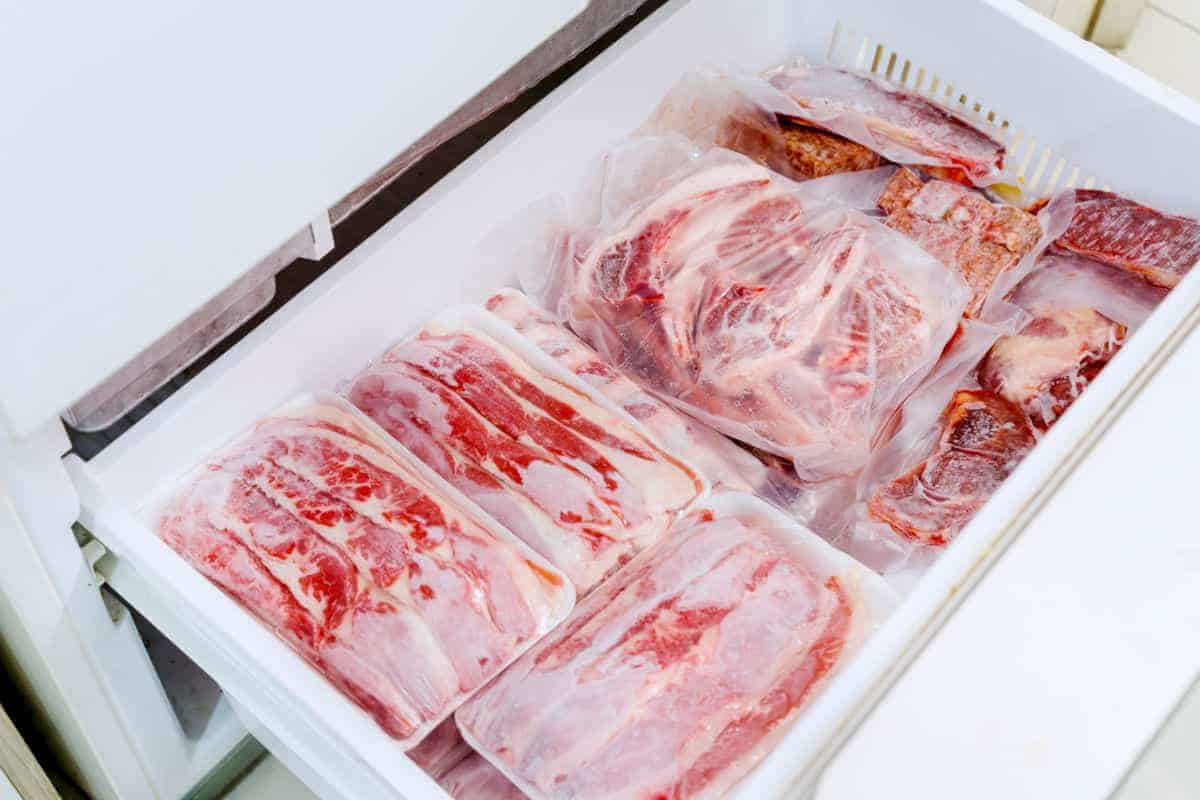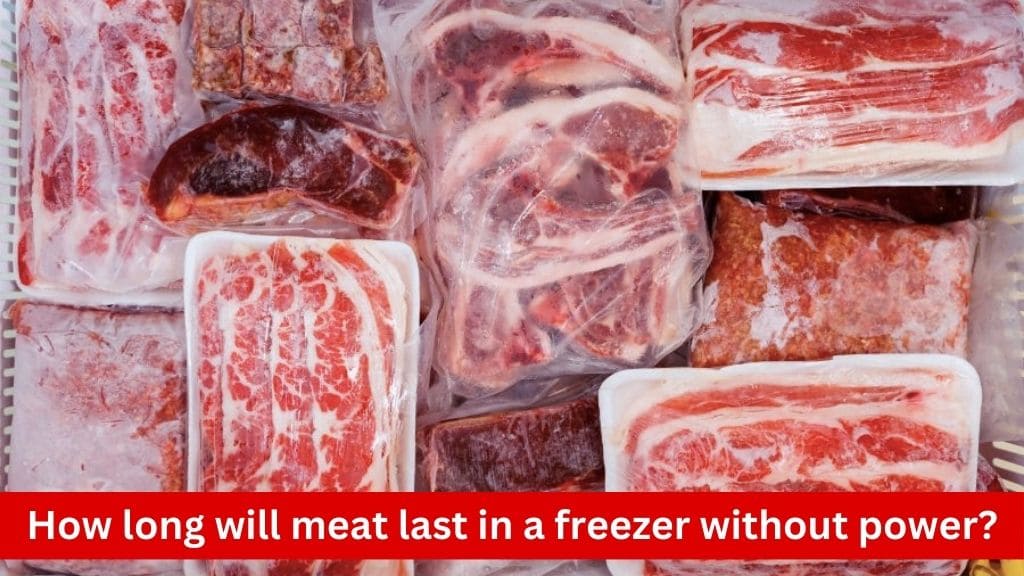In times of power outages or emergencies, one of the primary concerns for many households is the safety of their food, particularly perishable items like meat. Freezing meat is a common method of food preservation, but how long can it last in the freezer without power? In this comprehensive guide, we’ll delve into the factors affecting the longevity of frozen meat during power outages and provide practical tips to ensure food safety.
Before discussing the duration for which meat can remain safe in the freezer without power, it’s crucial to understand the basics of freezer storage times. The longevity of frozen meat depends on various factors, including the type of meat, freezer temperature, and packaging method.
Factors Affecting Freezer Storage Times
- Type of Meat: Different types of meat have varying levels of fat content and density, affecting their freeze-thaw stability.
- Freezer Temperature: Maintaining a consistent freezing temperature is essential for preserving the quality of frozen meat.
- Packaging Method: Proper packaging, such as vacuum sealing or using airtight containers, can help extend the shelf life of frozen meat by preventing freezer burn and exposure to air.
Duration of Meat Preservation Without Power

Freezer Conditions and Capacity
The capacity and condition of your freezer play significant roles in determining how long meat can remain frozen without power. Here’s how:
- Full Freezer: A freezer that is densely packed with food items will retain cold temperatures more effectively than one that is partially filled. The mass of frozen items acts as insulation, helping to maintain lower temperatures for a longer duration. In a fully packed freezer, meat can typically remain frozen for up to 48 hours without power, assuming the door remains closed.
- Half-Full Freezer: On the other hand, a freezer that is only partially filled may not retain cold temperatures as efficiently. Without enough mass to help insulate the contents, the freezer temperature can rise more quickly during power outages. In such cases, frozen meat can typically last for about 24 hours without power before the risk of thawing increases.
Meat Type and Composition
Different types of meat have varying compositions and freeze-thaw characteristics, affecting their preservation duration without power:
- Lean Meats: Lean cuts of meat, such as chicken breasts or turkey tenderloins, contain less fat and moisture compared to fattier cuts like beef ribeye or pork shoulder. As a result, lean meats may have a shorter shelf life in the freezer during power outages due to their reduced ability to retain moisture and resist freeze-thaw cycles.
- Ground Meat: Ground meat, whether beef, poultry, or pork, has a larger surface area exposed to air, making it more susceptible to thawing and spoilage during power outages. The smaller particle size of ground meat also facilitates faster heat transfer, further accelerating the thawing process.
- Seafood: Seafood, including fish, shrimp, and shellfish, is particularly sensitive to temperature fluctuations and spoilage. Delicate seafood varieties can thaw rapidly in a freezer without power, increasing the risk of bacterial growth and degradation in quality.
Ambient Temperature and Environmental Factors
The ambient temperature surrounding the freezer during a power outage can also impact the preservation duration of meat:
- Room Temperature: If the ambient temperature in the room where the freezer is located is relatively low, the freezer may retain colder temperatures for a longer duration, thus extending the preservation time of frozen meat. Conversely, higher ambient temperatures can hasten the thawing process and decrease the time frame for safe meat storage without power.
Monitoring and Mitigation Strategies
To maximize the preservation duration of meat in the freezer during power outages, consider implementing the following monitoring and mitigation strategies:
- Temperature Monitoring: Use a freezer thermometer to regularly monitor the internal temperature of the freezer. Ensure that it remains at or below 0°F (-18°C) to maintain optimal freezing conditions.
- Insulation and Containment: Keep the freezer door closed as much as possible to minimize temperature fluctuations. Use blankets, towels, or insulation materials to further insulate the freezer and preserve cold temperatures.
- Prioritization and Consumption: Prioritize the consumption of perishable items, including meat, during power outages. Plan meals accordingly and utilize alternative cooking methods, such as grilling or outdoor cooking, to minimize food waste and ensure food safety.
Tips for Maximizing Meat Preservation

Preparing for Power Outages
Preparing for potential power outages is essential to minimize the risk of meat spoilage. Consider the following proactive measures:
- Monitor Freezer Temperature: Regularly monitor the temperature of your freezer using a reliable thermometer. Ensure that the temperature remains at or below 0°F (-18°C) to maintain optimal freezing conditions for meat and other perishable items.
- Backup Power Source: Invest in a backup power source, such as a generator or battery-operated cooler, to ensure continuous power supply to your freezer during outages. Having a backup power solution can help prevent temperature fluctuations and preserve the integrity of frozen meat.
Efficient Freezer Packing
Maximizing the space and organization of your freezer can help optimize meat preservation and minimize the risk of spoilage. Consider the following tips:
- Maximize Freezer Space: Utilize the available space in your freezer efficiently by organizing items strategically. Group similar items together and use stackable containers or bins to maximize storage capacity.
- Increase Thermal Mass: Fill empty spaces in your freezer with containers of water or ice packs to increase thermal mass. The additional mass helps stabilize temperature fluctuations and prolongs the preservation duration of frozen meat.
Emergency Preparedness
Developing a comprehensive emergency preparedness plan for handling meat during power outages is crucial to ensure food safety. Here are some key considerations:
- Have a Plan: Develop a contingency plan for managing meat and other perishable items during extended power outages. Identify alternative storage options, such as coolers or insulated containers, and plan meals accordingly to minimize food waste.
- Prioritize Consumption: Prioritize the consumption of perishable items, including meat, based on their susceptibility to spoilage. Start by consuming items that are most likely to spoil quickly, such as seafood or ground meat, before moving on to other items.
Proper Packaging and Storage
Proper packaging and storage techniques are essential for maintaining the quality and safety of frozen meat during power outages. Consider the following best practices:
- Vacuum Sealing: Vacuum-seal individual portions of meat to remove excess air and prevent freezer burn. Vacuum-sealed packages also occupy less space in the freezer, allowing for efficient storage and organization.
- Airtight Containers: Use airtight containers or freezer bags to store meat and prevent exposure to air. Ensure that the containers are properly sealed to maintain freshness and minimize the risk of contamination.
Rotation and Inventory Management
Regularly rotating and managing your freezer inventory can help prevent food waste and ensure that meat remains safely preserved during power outages. Here’s how:
- Label and Date Items: Label each package of meat with its contents and date of freezing to track inventory and prioritize consumption based on freshness.
- First In, First Out (FIFO): Practice the FIFO method when storing and retrieving frozen meat. Use older items first to prevent them from expiring before newer additions.
Conclusion
While power outages can pose challenges to food preservation, proper planning and preparation can help mitigate the risk of food spoilage, particularly when it comes to frozen meat. By understanding the factors influencing freezer storage times and implementing practical strategies, you can ensure the safety and quality of your meat supply during emergencies. Remember to prioritize food safety and make informed decisions to protect yourself and your family from potential health risks associated with spoiled food.


